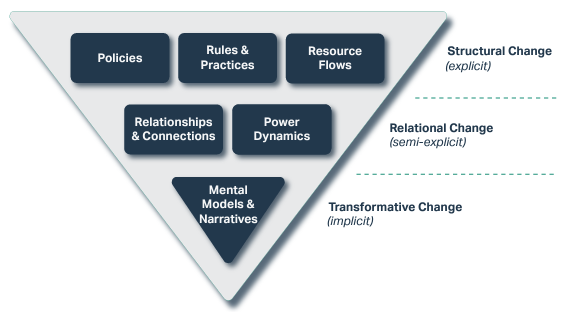
By Emily Gratopp, MS, Extension Educator in Lancaster County
Health equity is defined by the World Health Organization as health for all with the “absence of avoidable, unfair or remediable differences among groups of people.” See the May 2021 Nebline article for further reading on health equity. Sparked by Lincoln’s Health Equity Coalition, Nebraska Extension and University of Nebraska–Lincoln researchers conducted focus groups in 2021 with community members to explore health access, and they heard a theme: the need for anti-discrimination in healthcare. Some focus group participants stated that if they had access to healthcare at all, it was poor quality and was filled with discrimination based on race, ethnicity and income level.
Discrimination in healthcare, whether intentional or unintentional, can be impactful. A 2020 research study found that infant death rates were twice as high if the infants were cared for by a white physician versus a black physician. Place Matters maps of Lincoln show that neighborhoods with more minority residents also have lower incomes and fewer medical clinics. Similarly, quality of healthcare is often dictated by health insurance access and the benefit reimbursement clinicians receive. These are only a couple examples of discrimination in medical care. Health also includes mental health, food access, neighborhood, environment, workplace and the like. There are many community-based structures that determine a person’s health and quality of life. If these structures are filled with discrimination, then certain people have an unfair, yet remediable, opportunity to live their highest-quality of life.
Achieving health equity in communities means addressing the biases or discrimination in systems that lead to avoidable and unfair differences in healthcare. The Racial Equity Toolkit offered by Dominique Samari, JD and Paul Schmitz of the Collective Impact Forum, outlines six conditions of systems change (see graphic below).
The six conditions span from internal beliefs and thoughts to external policies and processes. Changes in systems or structures toward health equity and away from discrimination starts within the internal transformation realm of Mental Models & Narratives. These mental models are “deeply held beliefs, stories and assumptions that influence the actions of individuals, institutions and systems.” Individuals who want to create anti-discriminatory systems and structures can start with their own internal mental models and narratives. Outlined below are activities to first gain awareness of personal, deeply ingrained mental models and then shift to more inclusive individual actions.
CURIOSITY
Viewing self, others and systems with curiosity enables openness and connection. Curiosity is a desire to learn, a mindset of exploration and discovery and ability to ask questions. An activity to strengthen curiosity is to simply imagine or view self, others and systems as if through the eyes of a small child. Children are naturally curious because they are new at life and do not hold assumptions or presumptions based on past experience. Put past experience aside for a few moments and be filled with wonder, awe and questions about life. Continue curiosity of self by keeping an open mind and exploring one’s own mental models and narratives with the next two activities.
HARVARD’S IMPLICIT BIAS TESTS
Discrimination can occur unintentionally. This often occurs when a personal belief about a person or group of people is unfair and implicit. Implicit means the belief exists, but the person is not fully aware of it or its impact. Harvard researchers host Project Implicit which offers tests for a person to explore and gain awareness of internal thoughts regarding 16 potential biases. The tests only take a few minutes to complete and can be a start for shifting mental models.
SOCIAL IDENTITY WHEEL
A person’s identity shapes their mental models and narratives. An activity to gain awareness of identity is a Social Identity Wheel. A person’s experiences, environments and characteristics lead to individual identity and perceptions. Perceptions are the lenses through which the world is viewed. Awareness of one’s own perceptions — or lenses — can also lead to the recognition that not everyone wears those same lenses and can open a doorway to taking on others’ perspectives and thus acting with empathy and curiosity. There are several Social Identity Wheels on the Internet. Use reflection questions that complement the wheel to deepen learning.